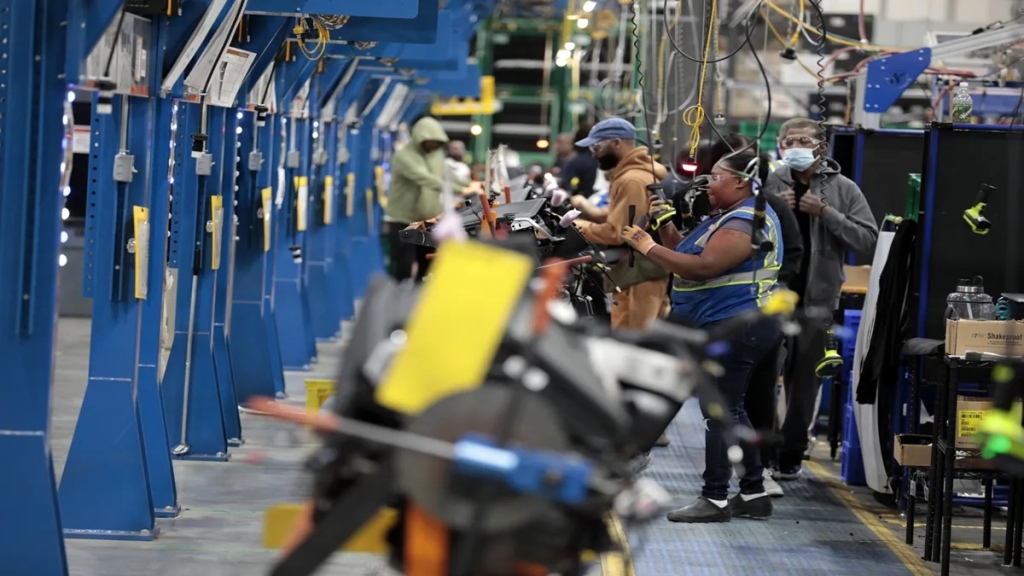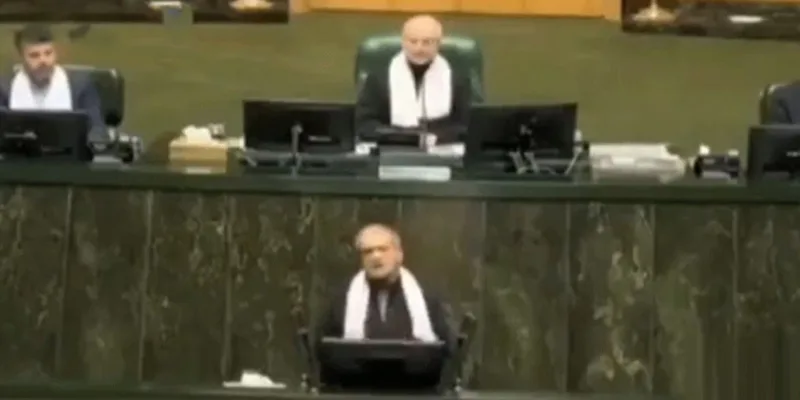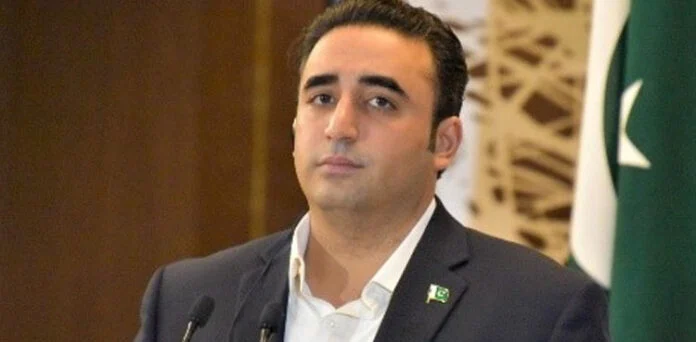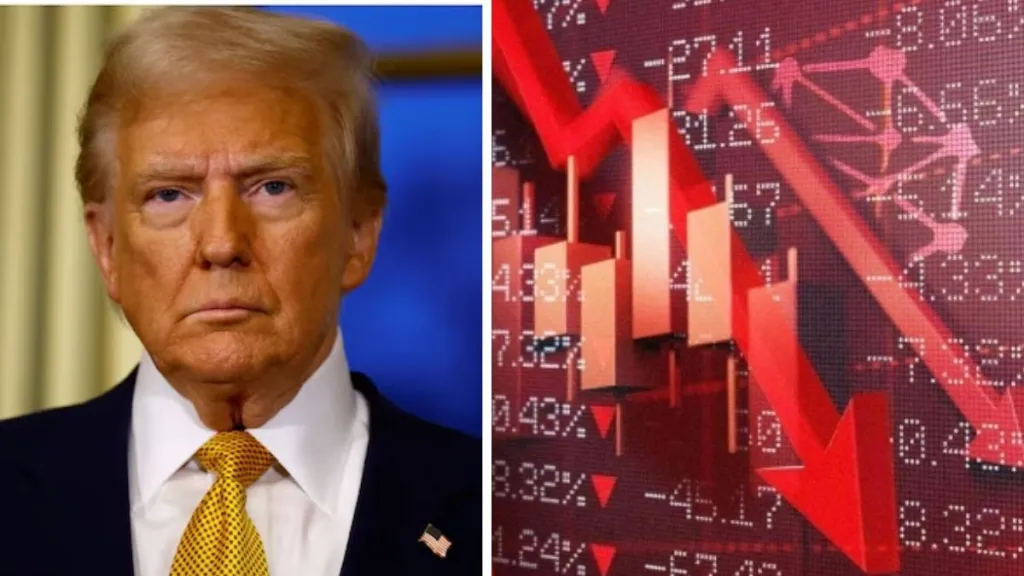
The H-1B visa petition filing season for fiscal year 2026 is currently in progress. Despite ongoing criticism regarding immigration and concerns about foreign workers being hired over American citizens, the United States continues to rely on the H-1B program to bring in highly educated talent from around the world to fill roles in American companies.
Starting April 1, those selected in the lottery are required to submit their H-1B cap-subject petitions within a 90-day window. Each fiscal year, from October 1 to September 30, a total of 85,000 H-1B visas are made available. Of these, 65,000 fall under the regular cap, while 20,000 are reserved for individuals who hold a U.S. master’s degree or higher.
Indian nationals continue to make up the largest share of H-1B recipients, making the program a recurring topic in U.S.-India diplomatic discussions. However, applicants from a range of nationalities are also granted these visas.
In a detailed report authored by Jeff Lande of the Atlantic Council’s South Asia Center and Rami Fakhoury of Fakhoury Global Immigration, the authors address common misconceptions about the program’s impact on American jobs. They argue that, despite annual criticism, the data shows H-1B holders are not displacing American workers or suppressing wages. Rather, these workers typically fill positions in high-demand fields where labor shortages persist, and they often earn wages at or above market rates.
In January 2025, the U.S. workforce included more than 170 million people, of which H-1B workers made up only about 0.5 percent. These workers are legally required to be paid the prevailing or actual market wage, whichever is higher.
Data from 2003 to 2021 shows that the median wage for H-1B workers increased by 52 percent, while the overall median wage for U.S. workers grew by 39 percent during the same period. This suggests that H-1B workers are not used as low-cost labor but are instead part of a competitive, skilled workforce.
H-1B holders are employed across key sectors including healthcare, engineering, research, and technology, and many are deeply involved in the development of emerging technologies such as artificial intelligence. Their contributions support not only innovation but also job creation throughout the broader economy.
Studies have shown that as the presence of H-1B workers increases in a given field, the unemployment rate within that field tends to decline, indicating a positive effect on employment dynamics.
Looking ahead, the report notes the likelihood of new restrictions being proposed by both the Trump administration and Congress. During his first term, President Trump sought to reform the program by prioritizing wage levels in the selection process, raising required salary thresholds, and increasing filing fees.
The 2017 executive order “Buy American, Hire American” led to heightened scrutiny of H-1B applications, resulting in significantly higher denial rates and more frequent requests for additional documentation in 2018. These measures added uncertainty and cost for employers.
The report recommends that policymakers carefully evaluate the broader implications before enacting further restrictions. The H-1B program has consistently proven effective at bringing in critical talent while maintaining protections for U.S. workers.


















